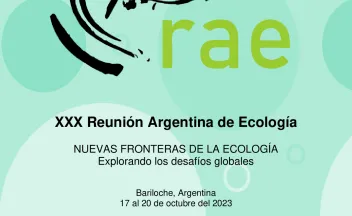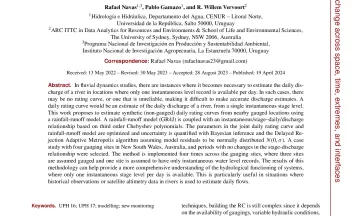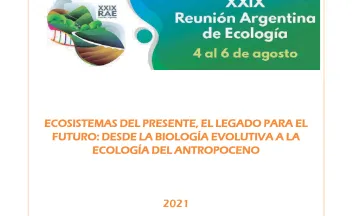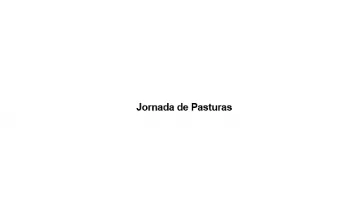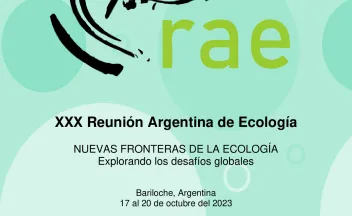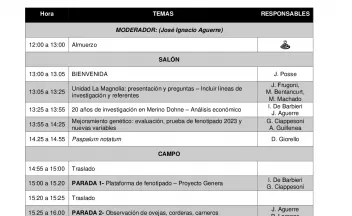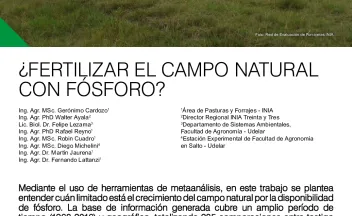Evaluación del desempeño ambiental en Planes de la Ley de Bosques. [poster].
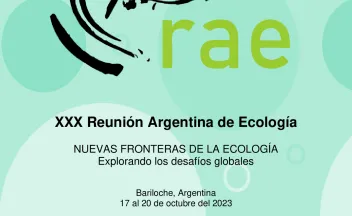
RESUMEN.- En 2007 se sancionó en Argentina la Ley Nacional 26.331, conocida como "Ley de Bosques", con el objetivo de conservar los bosques nativos y regular la expansión de la frontera agropecuaria. Entre otras medidas, esta ley regula la aprobación de actividades de conservación o manejo en bosques nativos, llamadas Planes de Conservación o Manejo, y la compensación económica por los servicios ambientales que brindan. Hasta el momento no existe información sobre la efectividad de los Planes implementados, ni una metodología para su evaluación.

